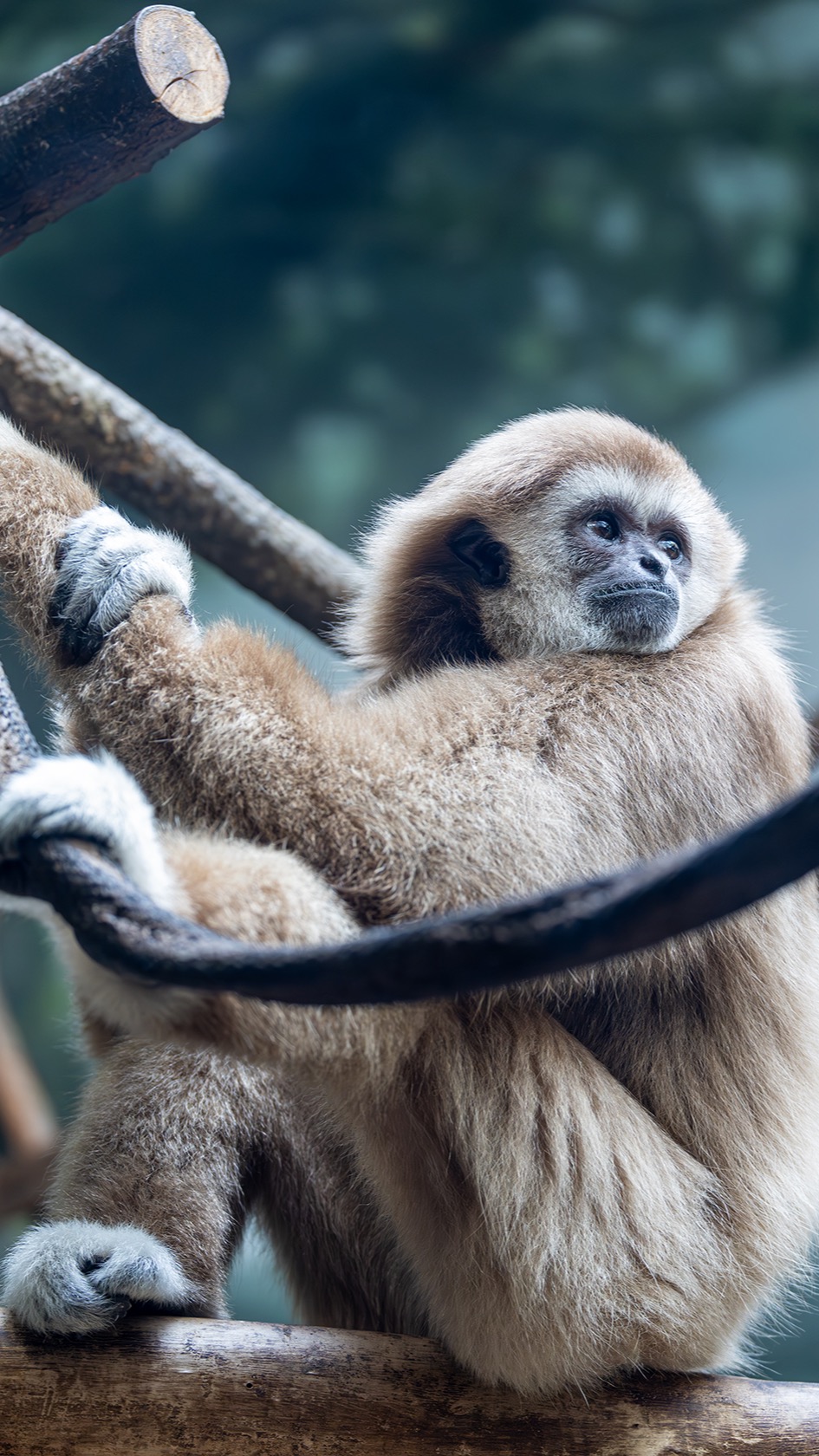- Introduction of JC, the new female lar gibbon at the Helen Brach Primate House.
- Behavioral and social interactions between JC and Murray, the resident male gibbon.
- Background on lar (white-handed) gibbons and their ecological significance.
- The role of zoos in conservation efforts and gibbon species management.
- Educational opportunities and visitor engagement at the zoo with the new arrival.
JC, the 6-year-old female lar gibbon, has arrived at the Helen Brach Primate House from the Columbus Zoo. Her arrival is marked by enthusiasm as she becomes a companion to Murray, the white-cheeked gibbon residing there. This new introduction provides an excellent opportunity to explore the life and ecological roles of lar gibbons, integral members of primate communities found in Southeast Asia. Lar gibbons, recognized by their striking white hands and face ring, dwell in the treetops and are known for their remarkable vocalizations and pair-bonding behaviors.
At the Helen Brach Primate House, JC’s integration journey is well underway. Observations reveal her adaptability and natural curiosity. She can often be seen lounging in her hammock, engaging in foraging activities, participating in training sessions, or initiating gentle interactions with Murray. Behavioral studies show that gibbons like JC are keen on establishing bonds, which are essential for both their emotional well-being and their potential as breeding pairs within conservation programs.
Understanding the ecology and behavior of lar gibbons such as JC provides insights into the broader ecological importance of gibbons. These primates play a vital role in their habitats as seed dispersers, aiding forest regeneration and maintaining biodiversity. Conservation of their natural habitats is crucial, as deforestation and poaching have significantly threatened their populations.
In this light, zoos play an indispensable role in the conservation and management of gibbon species. By housing species like JC, they contribute to the preservation of genetic diversity and enable extensive research opportunities. This includes studying behavior, social interactions, and health to develop better management practices. Additionally, zoo programs often collaborate on international conservation breeding initiatives to bolster populations in the wild.
JC’s presence at the zoo not only enhances the primate community but also enriches the educational landscape for visitors. Through interpretive signage, interactive exhibits, and educational talks, visitors can learn about the fascinating world of gibbons and broader conservation efforts. Engaging with stories like JC’s encourages greater public awareness and support for wildlife conservation initiatives globally.
The introduction of JC at the Helen Brach Primate House brings excitement and opportunity. It’s a testament to the importance of zoos in wildlife conservation, education, and fostering human connections with nature. Visitors are encouraged to observe JC and Murray, learning from their interactions and gaining a deeper appreciation for the beauty and complexity of the natural world.
*****
Source Description
We’re wrapping up Ape-ril with an exciting announcement… there’s a new face at the zoo, and it’s her birthday!
JC, a 6-year-old female lar (or white-handed) gibbon, has arrived from @columbuszoo as a companion to resident male white-cheeked gibbon, Murray, at Helen Brach Primate House! Keepers share that JC is acclimating well to her new space and can be found lounging in her hammock, foraging, completing training sessions, or initiating gentle, curious contact with Murray. Swing by and say hi!


